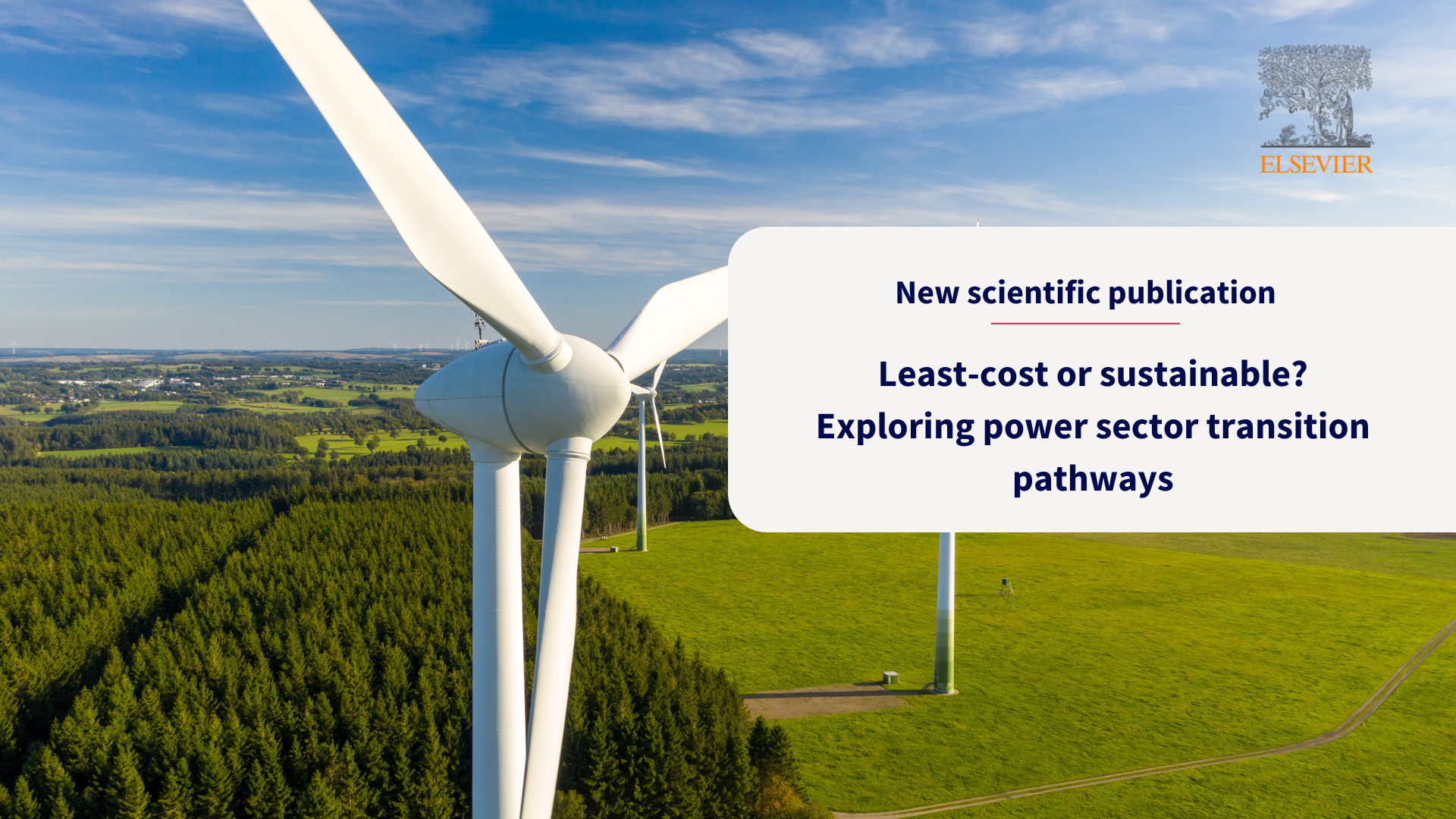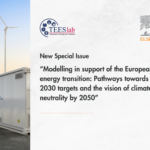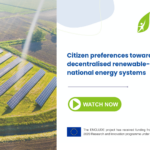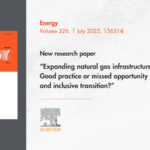The EU Green Deal emphasizes a transformation, towards renewable energy sources (RES), phasing out fossil fuels, and decarbonizing gas, while ensuring that the energy supply to consumers and businesses is affordable and secure. Towards this direction, natural gas was selected as a temporary transition fuel, being a lower-carbon alternative to emission-intensive fossil fuels. However, with the 2022 energy crisis natural gas has been transformed into an expensive and unreliable energy source, diverging from the aspects of security, affordability and sustainability, as sought by the energy trilemma.
Beyond the issue of “how many” renewables, the research question that remains, is which capacity mixes achieve the emissions reduction, renewable integration, and energy autarky targets in a cost-effective way.
Our new paper entitled “Least-cost or sustainable? Exploring power sector transition pathways” that has been published at Elsevier’s Energy Journal aims to answer this question by applying two energy models (STREEM and BSAM) and one decision support model (AIM).
Our analysis focuses on Greece, as an example country which opted for lignite phase out, turning to temporary reliance on natural gas for power generation. The results indicate that:
-
6.5Mt of emissions from power generation, 80% renewable energy in the generation mix and low dependency from natural gas by 2030, can be achieved in Greece with a capacity mix featuring at least 53% wind farms with respect to the total wind and solar capacity.
-
For cost-efficient achievement of these targets, wind capacity shares should not exceed 60%.
-
The pathway towards capacity mixes with 53-60% wind and 40-47% solar capacity requires accelerated bureaucratic procedures to keep up with the delignification plan.
You can read and download our publication for free for the next 50 days here!
Follow us on LinkedIn to stay updated and keep supporting our work!







